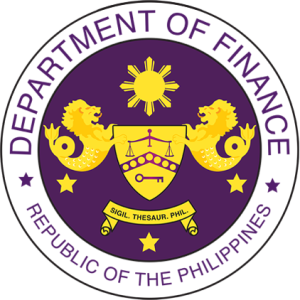The Bangko Sentral ng Pilipinas (BSP) will likely continue its dovish stance this 2020 as a cushion against continuing global headwinds, but limit key interest rate reduction to 25 basis points, research firm Fitch Solutions said.
Based on its recent research note, Fitch Solutions said it expected the BSP to cut its key overnight borrowing rate by a quarter percentage point to 3.75 percent this new year, coupled with a continued reduction in the reserve requirement. This sustained bias for easy monetary policy was projected against a backdrop of “subdued” external conditions for the Philippine economy.
However, Fitch Solutions said a rebound in headline inflation would likely limit the ability of the inflation-targeting BSP to ease significantly over the coming quarters.
Fitch Solutions projected Philippine inflation to average higher at 3.1 percent in 2020 from 2.4 percent in 2019. The slight uptick is seen to be driven by demand-side pressures from government-led infrastructure spending as well as supply-side pressures from rising meat prices. The African swine fever outbreak, for instance, is seen to contribute to higher pork and substitute meat prices across the Asia region.
A likely peso depreciation against the dollar is also forecast adding to local price pressures.
“While lending growth has yet to pick up to rates of expansion in prior years, the third quarter 2019 GDP (gross domestic product) print showed a clear sign of a recovery in domestic economic activity after a slowdown through the first half of 2019. Indeed, we believe fiscal policy will play a more significant role in stimulating the economy through 2020, and thus we maintain that the BSP will only seek to ease 25 basis points to 3.75 percent,” the think tank said.
In its December monetary setting, the last for 2019, the BSP held its key policy rate at 4 percent. This marked the second consecutive meeting in which the local monetary authority kept its key policy rate on hold.
This brought to 75 basis points the total reduction in the overnight borrowing rate sanctioned by the BSP in 2019, but still left the benchmark rate higher than it had been before the aggressive 175-basis-point hiking cycle in 2018, Fitch Solutions noted. However, the BSP also reduced the reserve requirement on banks from 18 percent to 14 percent in 2019, thus infusing fresh liquidity into the economy.
Given the fading base effects after the sharp rise in inflation in late 2018 alongside easing demand and supply side factors, Fitch Solutions lowered its 2019 average inflation forecast for the Philippines to 2.4 percent from 2.7 percent, previously.
“However, we maintain our view that the BSP will opt to cut its key policy rate once again in 2020. Our view is supported by the fact that external conditions are likely to remain challenging for the Philippine economy over the coming quarters,” the research said.
“Indeed, while there is somewhat of a lull in US-China trade tensions, underlying disagreements are unlikely to be resolved and this will set the stage for continued uncertainty in 2020. Moreover, growth in both countries looks set to slow, along with protest-rocked Hong Kong. These represent key export markets for the Philippines, with the US and Hong Kong the first and second most frequent destination for goods from the Philippines as of 2018.”
Slowing growth in China is seen weighing on global trade again in 2020. Furthermore, subdued outlook for the eurozone and Japanese economies could also paint a less favorable external backdrop over the coming quarters, Fitch Solutions said.
In 2019, the think tank pointed out that fiscal stimulus played smaller role in supporting economic growth as delays in passing the 2019 budget resulted in funding uncertainty and postponed projects.
“With the 2020 budget passed and Congress approving a bill to extend access to the 2019 budget funds through 2020, the Philippine economy will see a substantial boost from fiscal stimulus,” it said.


